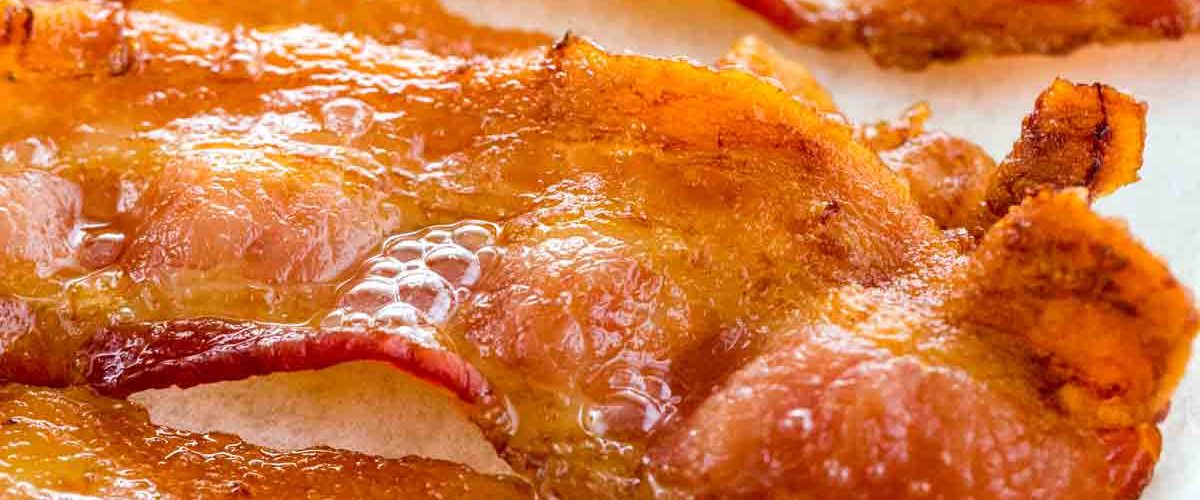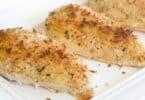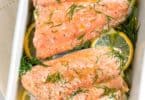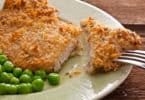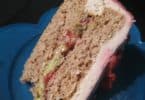Bacon is an extremely versatile food. It can be used in many different dishes, from the savory to the sweet, and it can also be prepared in a multitude of ways. Everyone has their own preferred method for making bacon, whether it be because of the ease or the texture brought by the cooking method. According to about.com, bacon is meat cut from the back, sides and belly of a pig, which are traditionally among the fattiest cuts of meat that would not otherwise be used. Bacon is considered to be a breakfast staple in many countries, particularly the United States. Some other countries have different versions of bacon, such as Canadian bacon, which is similar to American ham, and Italian pancetta, a sweeter and saltier kind of bacon produced by a special method of curing the meat. In addition to this, some food companies have taken it upon themselves to produce bacon alternatives made from turkey or soy products.
Choosing The Right Bacon
Obtaining the optimum cooking results from your bacon is largely dependent on the kind of bacon that you buy. Choosing a cut that is too fatty or pieces that are too thin often result in very small pieces of bacon when cooked, or bacon that burns to a crisp. In order to get the best idea of the slice size and overall fat marbling of the bacon you are purchasing, visit the butchering section of your local grocery store and check out the bacon in the meat case. Ask the butcher about the freshness and quality of the bacon. If it looks good to you, it probably will be- the fresher the bacon is, the less preservatives it uses. Less preservatives mean that you can taste the actual meat and not just a ton of salt in an already salty meat.
Cooking Your Bacon In The Oven
Cooking bacon in the oven is one of the simplest and most hands-off ways to obtain the perfect taste and texture for your bacon without it getting too greasy, soggy, burnt or rubbery. You will not have to deal with grease splatters nor hot microwave plates. The best equipment you can use to cook bacon in the oven is a sheet tray with a depth of at least 1/2 inch, but preferably one inch, combined with an elevated baking rack. Simply place the backing rack onto or into the sheet tray to create an elevated platform on which your bacon will cook.
There is some discrepancy regarding the perfect temperature at which to cook bacon in the oven, but I prefer to follow Emeril Lagasse’s suggestion via abc.go.com and cook the bacon at 350 degrees Fahrenheit. This allows the fat in the bacon to render perfectly, creating crispy strips of bacon that melt in your mouth but do not wind up soaked with grease or left with chewy or burnt fat. That said, you must first preheat your oven to 350 degrees Fahrenheit. While your oven is preheating, prepare your tray of bacon. If you have not already assembled your pan setup, do so. When the pan setup is assembled, lay the strips of bacon across the baking rack so that they are as close together as possible without actually overlapping one another in order to accommodate as much bacon as possible, if you are cooking a large batch- and really, who isn’t?
Put your pan into the oven. This is where the magic happens. As the bacon begins to cook, the fat drips downward onto the sheet tray so your bacon is not sitting in a puddle of grease as it renders. This creates the perfect crisped bacon without feeling greasy after you eat it. This method can take anywhere from 20 minutes to 30 minutes to cook depending on the thickness of the bacon. Keep your eye on your pan, and when the bacon has reached your ideal consistency, remove it from the oven. Safely remove the bacon from the baking racks with tongs, or wait at least 15 minutes for it to cool. Remove the baking racks from the sheet tray with tongs and put them aside. If you use bacon fat in your cooking, the drippings on the sheet tray may be reserved for another use.
Video:
<>

